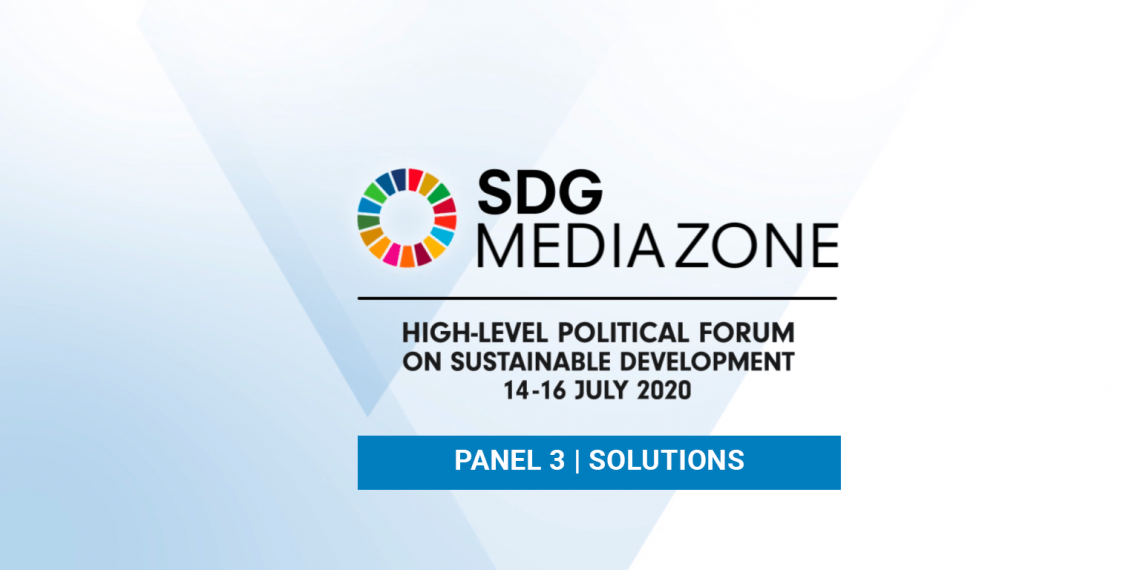New diseases have emerged at an unprecedented rate of one a year for the last two decades, and this trend will continue, says the World Health Organization.
From the Spanish Flu in 1918, that killed 25 million people in just 25 weeks, to SARs, which was contained within five months of its spread in 2003, pandemic influenza outbreaks have often been predictably unpredictable. But one major factor remains certain – the science is clear and vaccines, when available, are the most effective tool to prevent outbreaks.
In a panel discussion on solutions, Drs. Bruce Aylward, an epidemiologist from the World Health Organization; Pardis Sabeti from Harvard University’s School of Public Health; and Seema Yasmin, the Director of the Stanford Health Communication, talk about the importance of vaccines and vaccination.
If influenza outbreaks are so common, then why weren’t we more prepared for COVID-19?
“So many people in the community have talked about the fact that infectious diseases are one of the biggest killers every year,” said Dr. Sebati, who runs her own lab at Harvard University, studying the genomes of microbes to understand how to slow them.
“The flu kills more people than all of our modern wars every year, but yet we don’t invest. We invest a fraction of what we invest in our military budgets, when we know that far more people will die every year, no matter what, from an infectious disease.”
Named one of TIME magazine’s “Person of the Year” in 2014 for her work in fighting Ebola, Dr. Sebati is no stranger to outbreak detection and response. Together with her team, she has also tackled Zika and the Lassa fever. Her motivation every day, she said, is to ultimately help people who are losing their jobs and livelihoods – what she refers to as collateral damage.
“I’m angry about all the collateral damage that’s being done right now,” she said, adding that the world needs to see that “this has to be a never again kind of situation.” Many of her projects focus on enhancing global viral surveillance and equipping lower-income countries with rapid diagnostic tools.
So what are the best and worst-case scenarios in the time of COVID-19? Will there be a vaccine and when will it be available?
“There are a lot of collaborations that are going on right now to try and move these processes much more quickly so that we can get an answer for people about which one of those many, many products might actually work,” said Dr. Aylward, who leads WHO’s Access to COVID-19 Tools (ACT) Accelerator collaboration designed to speed-up the development, production and access to tests, treatments and vaccines.
There are more than 200 vaccine candidates or potential vaccines that could work across COVID. He stressed the need to build manufacturing capacity in parallel so that production starts as soon as a vaccine is approved.
“And then try to make as much of it as possible, as fast as possible, to ensure people can get it, get protected – not just healthier populations – but get our societies and economies functioning again very quickly.”
Once we do have a vaccine, how do we reach people, including communities that don’t think vaccines are safe?
According to Dr. Yasmin, who is also an Emmy-award winning science journalist and has authored books on the HIV/AIDS pandemic as well as on exposing medical myths and pseudoscience, one message tracking project in June tracked 8,000 anti-vaccine messages that were spreading online.
“Many of these messages frame vaccines as being oppositional to, for example, the American way of life. They frame vaccines as being in opposition to freedom, autonomy and independence – and even in opposition to human rights.”
Her worst-case scenario – when there are safe and effective vaccines, they are “launched into an environment where half of the population in some countries say, I don’t want any of that.”
Dr. Yasmin firmly believes that people against vaccines are not monolithic – and that their reasons are complex, closely linked to their identity, belief systems, community and belonging. However, as a science communicator, she remains optimistic.
“Although the anti-science and anti-vaccine movements have been gaining momentum in very worrying ways, I still hold hope that we can develop more sophisticated public health messaging,” she added, identifying effective ways, including listening to communities and tapping into expertise around public health communication.
“Because honestly our survival, our well-being, really depends on it.”
Watch the full discussion.


